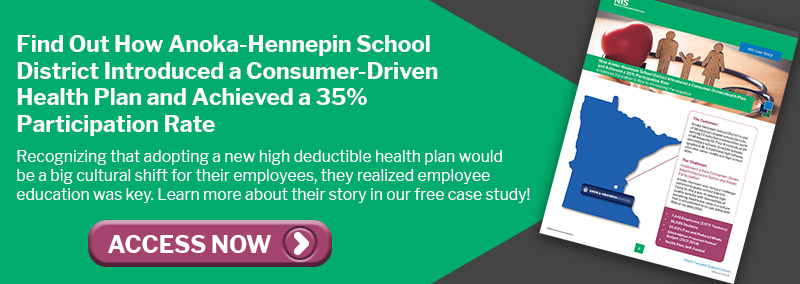According to Affordable Care Act rules, health insurance carriers needed to issue medical loss ratio (MLR) rebates to eligible employers by September 30, 2018, for the 2017 reporting year. The below information is valuable to employers who just received a rebate or for those who may receive one in the years to come.
The medical loss ratio (MLR) rules became effective in 2011. They were established to help control health care coverage costs and ensure that enrollees receive value for their premium dollars. It requires health insurance carriers to spend a minimum percentage of their premium dollars on medical care and health care quality improvement, rather than administration costs. Carriers in the large group market must spend 85%, and 80% must be spent for the small group market.
If these requirements are not met, carriers must provide rebates to the employer. Rebates must be provided by September 30 following the end of the MLR reporting year.
MLR Rebates
Rebates can either be provided in a lump-sum payment or in a premium credit (a reduction in the amount of premium owed). Depending upon the state, a carrier may avoid having to pay a rebate by instituting a “premium holiday” during the MLR reporting year if it finds that its MLR is lower than the required percentage. How an employer should handle the rebate it receives depends on the type of group health plan it has.
Using Rebates for Non-ERISA Plans – Non-Federal Governmental Plans
State and local non-federal government employers must use the portion of the rebate attributable to the amount of premium paid by employees to:
- Reduce employees’ portion of the annual premium for the subsequent policy year for all those covered under any group health plan policy offered by the plan;
- Reduce employees’ portion of the annual premium for the subsequent policy year for only those covered by the group health policy on which the rebate was based; or
- Provide a cash refund only to those covered by the group health policy on which the rebate is based.
In all three cases, the rebate is used to reduce premiums or is paid to employees enrolled during the year in which the rebate is actually paid, rather than the MLR reporting year on which the rebate was calculated. Whichever method is selected, the employer can:
- Divide the reduction or refund evenly amount the employees;
- Divide it based on each employee’s actual contributions to the premium; or
- Apportion it in a manner that reasonably reflects each employee’s contributions to the premium.
Rebates must be used within three months of receipt.
For more information download the bulletin or contact your National Insurance Services Consultant.
Resources
FAQs Tax Treatment of MLR Rebates
Interim Final Regulations for MNL Requirements
National Insurance Services is not a law firm and no opinion, suggestion, or recommendation of the firm or its employees shall constitute legal advice. Readers are advised to consult with their own attorney for a determination of their legal rights, responsibilities and liabilities, including the interpretation of any statute or regulation, or its application to the readers’ business activities.







